Tout le monde connaît l’aphorisme de Nietzsche « l’Europe se fera au bord du tombeau » !
He bien, elle n’en est plus très loin, de ce bord ! De tous les points de vue, mais plus particulièrement de ceux de la démographie (la dimension qui conditionne toutes les autres) et de la culture. C’est, probablement, une affaire de trente à cinquante ans, compte tenu de la concomitance de la dénatalité européenne et de l’amplification continue de l’immigration (Cf. les dernières données de l’INED), pour que la civilisation européenne, engloutie ou ravagée, perde toute son authenticité !
Or, rien ne dit que les Européens ne vont pas y aller sans réagir, dans le tombeau de l’Histoire, les uns après les autres, faute d’une prise de conscience rapide, et faute de s’être unis, car il n’existe aucune réponse nationale possible, sauf pour les Tartarins du souverainisme, aux défis du monde du XXI° siècle. Sans une volonté de puissance de leur part, leur destin, commun et funeste, est scellé.
La revitalisation de l’idée européenne, qui a perdu tout son sens, dénaturée et dévaluée qu’elle a été, toutes ces dernières années, par l’idéologie libérale et mondialiste, est le dernier espoir. Après avoir permis l’instauration de la paix entre les Européens, l’européisme est désormais la condition de leur survie. Conçu sous la forme d’une volonté de puissance qui permet d’articuler prise de conscience et praxis.
Nous entendons ici, par volonté de puissance, deux choses
D’abord, la volonté d’être et de durer, de rester soi-même dans l’Histoire d’un monde devenu connexe et synchrone, en se donnant pour cela les moyens politiques adaptés, ceux de la puissance continentale.
Ensuite, et cela va de pair, la volonté de déclencher, à l’échelle du continent, un processus de convergence. Celui par lequel des forces ou des configurations de forces donnent sens à une action, à une politique, en permettant de créer une autre configuration que celle que l’on subit. Pour tout dire, en rendant possible une métamorphose, celle de l’Europe, bien entendu.
C’est, autrement dit, la volonté de rassembler les forces vives du continent pour re-construire l’Europe sauvegarde (comme entité politique souveraine, protectrice de ses nations et de leur civilisation singulière) et pour réinventer l’Europe des esprits libres (ceux qui sont débarrassés de toute anxiété métaphysique ou moraliste) qu’elle a été.
Ceci implique la réfutation du nationalisme, parce qu’il est source de repli et de dispersion et par conséquent d’affaiblissement, et qu’il ne permet pas de lutter contre le mondialisme, qu’il soit libéral et affairiste, tel qu’on le connaît aujourd’hui, dominant et arrogant, ou qu’il procède du vieil internationalisme marxiste qui aspire à une « autre mondialisation », mais qui reste un melting pot idéalisé. Car dans ces deux cas les intérêts et les identités des peuples européens sont sacrifiés au nom d’une vision millénariste du monde qui les invite à disparaître. Et puis, ce n’est pas l’heure de rouvrir des querelles entre Européens. Ce que pourraient être tentés de faire des partis populistes-nationalistes parvenus au pouvoir, dont les programmes économiques démagogiques auraient aggravé les problèmes qu’ils prétendaient résoudre.
L’européisme est donc la volonté de penser le monde tel qu’il est, sans illusion, et de permettre aux Européens d’affronter ses défis en créant pour cela de nouvelles formes politiques, en donnant à l’Europe l’instrument étatique indispensable à sa continuité. Et dans ce but, la volonté d’organiser la configuration de forces qui permettra de forger cet instrument.
Etre et durer en changeant l’Union européenne
L’Europe politique, ou l’État européen, fédéral, régional et multinational, est une nécessité historique.
La mondialité a sonné le glas des États-nations, tous aussi impuissants les uns que les autres. Leur cycle s’achève, et les peuples en ont bien conscience qui, au cours des dernières consultations électorales en Autriche, aux Pays-Bas et en France ont, finalement, refusé leurs suffrages aux partis séparatistes, à ceux qui préconisent la sécession, soit avec la zone euro, soit avec l’Union européenne.
Le cycle moderne des États-nation est en train d’être remplacé par le cycle postmoderne des hégémonies. Celui des puissances qui ne se limitent pas à contrôler de vastes territoires, comme au temps pré-moderne des empires, mais qui détiennent des positions dominantes dans les sphères économique, financière, technologique, et idéelle. Celles qui ont accès au pouvoir mondial et qui fixent les normes.

Comme parler de pouvoir, c’est parler de domination, les nations européennes sont désormais face à un dilemme :
– ou bien elles s’accrochent à leurs États nationaux respectifs, et alors, elles demeureront ou passeront sous l’influence de l’une des grandes hégémonies ;
- ou bien, elles se sauveront ensemble en abandonnant l’État national pour se retrouver dans un autre Etat , un Etat de taille continentale, à la mesure de ceux qui mènent déjà le monde. Dans cette perspective, répétons le, les derniers échecs électoraux des populistes n’impliquent pas une adhésion ferme des Européens à l’UE telle qu’elle existe, et surtout pas à sa politique, mais ils révèlent un sentiment, même implicite, de solidarité européenne face aux périls et aux expansionnismes.
Certes, l’hégémonie américaine qui a imposé le libre-échange et le règne de la finance sur toute la planète, semble sur le recul. Surtout que Donald Trump a promis à ses électeurs d’en finir avec les traités de libre-échange contractés par les États-Unis. Ce qui met un terme à la négociation du traité transatlantique, et ce qui est toujours cela de gagné. Mais, il faut rester méfiant, parce qu’il ne pourrait s’agir que de velléités du nouveau président qui, dans bien domaines, est déjà revenu sur ses positions électorales. Il faut s’attendre à d’autres volte-face de sa part. Et, de toutes les façons, un mandat de quatre ans, cela ne représente rien dans la longue durée, celle à laquelle appartient la politique interventionniste américaine, inchangée depuis Théodore Roosevelt.
Cependant, la mondialisation est maintenant de plus en plus chinoise
La montée en puissance de la Chine est irrésistible. Il faut avoir conscience que son niveau actuel correspond à la modernisation, d’à peine, oserait-on dire, 300 à 400 millions de Chinois. Et il en reste plus d’un milliard en réserve ! D’ailleurs le plan 2049 (en l’honneur du centenaire de la révolution) arrêté par Pékin ne cherche pas à dissimuler ses intentions de permettre à la Chine de prendre le leadership mondial. Les Européens n’ont pas encore compris que la réorganisation des affaires planétaires se fait à partir de l’Asie orientale.
Non seulement le monde a basculé, du mauvais côté pour les Européens, mais il est aussi le champ des expansionnismes démographiques et culturels, issus du monde musulman et d’Afrique, dont l’Europe commence, seulement, à ressentir les premiers effets. Il est probable que la conjonction des crises politiques, économiques, climatiques et alimentaires, inéluctables, va les renforcer, de manière quasiment mécanique.
Ni l’Union européenne, parce que ses dirigeants ne veulent pas connaître la nouvelle donne mondiale lourde d’adversités, ni les États-nation, parce qu’ils ne le peuvent pas, sont en mesure de faire face. Il faut dire qu’un grand nombre de ces derniers, parce qu’ils sont mal gérés depuis longtemps, et qu’ils se sont fortement endettés, sont passés sous le contrôle des oligopoles financiers et bancaires auprès desquels ils ont emprunté sans discernement. Les abus de l’État-providence (le laxisme social dans beaucoup de pays européens) ont abouti à l’épuisement et au démantèlement de la puissance publique.
Comment, dans ces conditions, peut-on, renouer avec la souveraineté qui, en termes concrets, réalistes, signifie la levée des contraintes extérieures les plus lourdes, et se traduit par la possibilité de s’auto-organiser en fonction de ses propres valeurs, de ses identités, de ses préférences éthiques, sociales, et de ses traditions ? Sinon qu’en envisageant la chose dans un cadre politique autonome parce que puissant, suffisamment vaste et riche en ressources pour conduire des politiques de restructuration et des stratégies impossibles à mener à l’échelle nationale. La seule option réaliste est la prise du pouvoir dans l’Union Européenne, avec comme but sa transformation en un Grand Régulateur.
La volonté de réunir la configuration de forces favorable au changement
La politique de la table rase, prônée par certains, comme le voie du repli, choisie par d’autres, sont des impasses. Il est toujours difficile de reconstruire sur des ruines, surtout quand la convergence des volontés est faible.
Malgré l’europessimisme écrasant, l’alternative reste « l’Europe ou la mort », comme le stipulait, dans un livre déjà ancien, Michel Poniatowski. En dépit de tout ce qui peut être dit et écrit, il n’en existe pas d’autres. C’est bien pourquoi, l’européisme se comprend comme la volonté d’organiser la configuration de forces capable d’obtenir le changement en Europe.
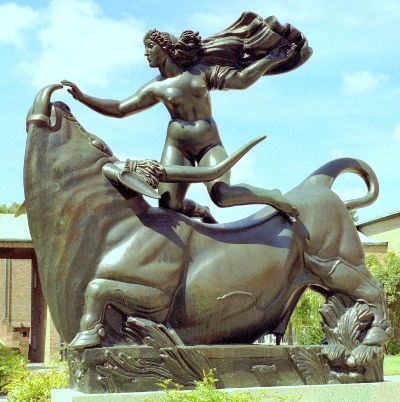
Il ne faut pas détruire Bruxelles, mais s’en emparer. Et dans cet objectif, il convient de fédérer toutes les forces éclairées qui entendent sauvegarder les identités et les intérêts des peuples européens, à quel qu’échelon territorial que ce soit. La dispersion et la prétention à faire bande à part sont des faiblesses rédhibitoires. Au contraire, le regroupement des forces populaires dans un même faisceau et dans la même direction est la seule force qui, d’ores et déjà, ferait pâlir de peur la Commission européenne, et l’obligerait à revoir sa politique.
Pour inspirer confiance aux électeurs européens, ces forces identitaires doivent montrer qu’elles sont responsables, qu’elles sont en prise avec le réel, celui du monde globalisé, sans nostalgie. Et qu’elles sont capables d’innover, de créer des formes politiques adaptées au monde d’aujourd’hui. C’est par l’agrégation de leurs moyens, par l’agglutination de leurs déterminations que les partisans européens pourront se réapproprier l’Union.
Le mot d’ordre est à la convergence, au rassemblement
Face à un environnement mondial plein de risques et de menaces, l’État communautaire est le seul cadre de survie des nations européennes. Cela les mouvements protestataires ne l’ont pas encore compris. Et s’ils ne le comprennent pas, Ils sont condamnés à n’être que les témoins d’une désespérance à laquelle ils n’ont pas les moyens de répondre. La solution n’est pas dans le retour aux frontières intérieures de l’Europe, mais dans le renforcement de la frontière extérieure de l’Europe.
L’Histoire est une succession de contextes et tout reste possible
L’Histoire n’a aucun sens obligatoire. Elle est une succession de configurations dont chacune est héritière de la précédente, sans jamais être une réplique de ce qui a déjà existé. Et chaque configuration n’est pas autre chose que le résultat de l’interaction des hommes. Autrement dit, ceux d’entre eux qui le veulent et qui s’en donnent les moyens, peuvent toujours recontextualiser leur monde, le refaire. Rien n’est jamais acquis, mais rien n’est jamais perdu. Rien n’est prescrit, et il n’y a pas de complot.
Certes, la situation actuelle de l’Europe est déprimante, plus par la léthargie des Européens et par la résignation qui semble les avoir gagnés. La crise sociale qui frappe une partie des populations européennes épargne tous ceux que le système libéral mondialisé favorise et tous ceux qui vivent sur les acquis d’un système qui n’est plus finançable. Dès lors, les élites qui dirigent ce système fondent son maintien sur l’approfondissement du marché et la libération totale des flux humains, matériels et immatériels.
Mais cette politique engendre une endogamie sociale de plus en plus aiguë, entre les élites mondialisées et leurs peuples originaires, et communautaire, de moins en moins lisse, entre les populations autochtones et les différents groupes ethnoculturels allogènes.
Dans ces conditions, le contexte historique pourrait vite devenir un contexte de crises. A commencer par un nouvel accès de fièvre dans la crise migratoire non-stop, compte tenu des masses de migrants qui se pressent sur la rive sud de la Méditerranée. La France, plombée par ses déficits jumeaux(public et commerce extérieur), évitera-t-elle encore longtemps la faillite ? Et combien de temps le colosse économique allemand, où la précarisation sans fin de l’emploi pallie au drame du chômage, tiendra-t-il sur son pied d’argile démographique ? Selon les réponses apportées, ou pas, à ces questions cruciales et à bien d’autres encore résulteront, peut-être, des situations favorables au changement.
Dans cette perspective, deux types d’acteurs existent, qui sont compatibles et qui pourraient converger dans leurs actions : certains des États existant et des mouvements de partisans européens. En effet, parmi les Etats, quelques uns comptent des gouvernants qui ont pris acte de toutes les dérives de l’Union européenne, de toutes ses orientations politiques nocives pour les peuples européens, de l’insignifiance ou de l’indifférence à la cause européenne de ceux qui la dirigent, et qui tentent déjà de changer le cours des choses. On pense ici aux États du groupe dit de Višegrad.

Au plan des mouvements de partisans, tout reste à faire. Peut-être que les échecs répétés des populistes-nationalistes ouvriront bien des yeux ? Il n’est pas impossible, en tout cas risquons l’analogie, que ce qui s’est passé dans la Chine subjuguée et en partie démembrée de la fin du 19ème siècle, où la révolte des Boxers a abouti à la révolution nationaliste de 1911, se répète dans une Europe en crise et ouverte à toutes les pénétrations étrangères. Le souci, par rapport à cette expérience historique victorieuse, est l’absence, dans le Vieux continent, de générations conséquentes de jeunes adultes, homogènes parce qu’ouvrières et paysannes, comme il en existait au siècle dernier. La résignation guette les peuples vieillissants.
Quoi qu’il en soit, le processus à engager est celui d’une agrégation de tous les acteurs potentiels. Il faut inventer des organes politiques transnationaux dont l’objectif, à terme, est l’investissement coordonné du Parlement européen. Car le Parlement a les pouvoirs de changer l’Union européenne de l’intérieur, dès lors qu’existerait en son sein un bloc nettement majoritaire de députés solidaires dans leur vision d’une Europe émancipée de ses vieux tabous idéologiques, et conscients de la précarité de son avenir.
Le changement est toujours possible, à la condition qu’il soit voulu, quand le contexte lui devient favorable. Et c’est l’organisation de la lutte qui permet de garder l’espoir.
- Gérard Dussouy est l’auteur de “Contre l’Europe de Bruxelles, fonder un État européen” aux éditions Tatamis. Une édition italienne est sortie aux éditions Controcorrente.



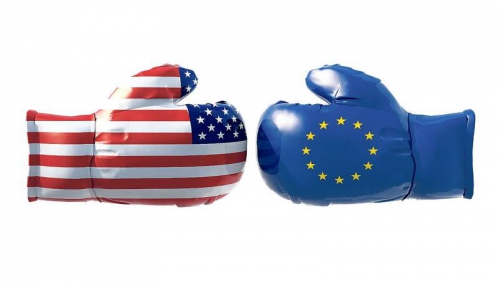
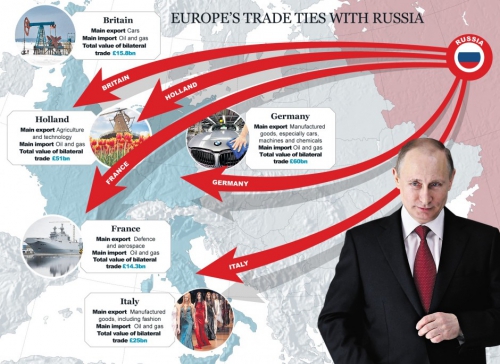
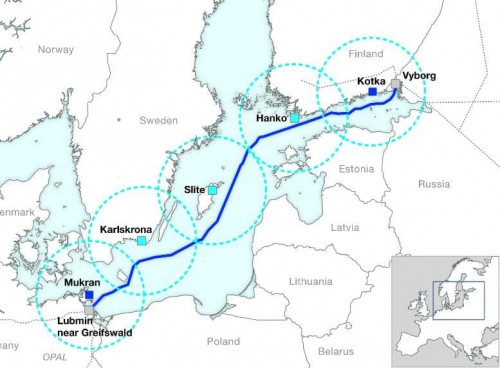

 del.icio.us
del.icio.us
 Digg
Digg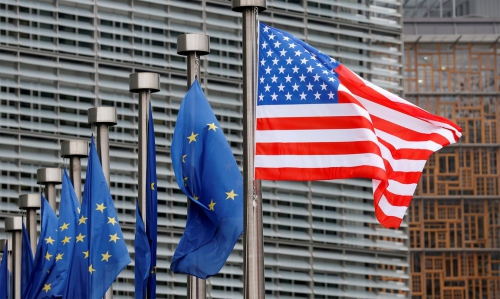
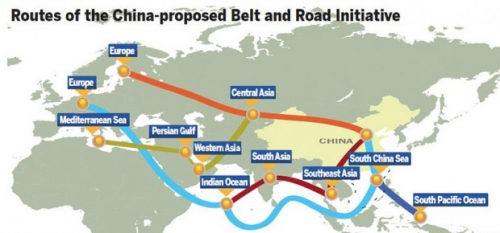

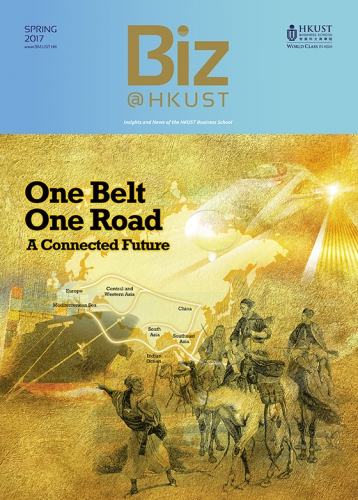
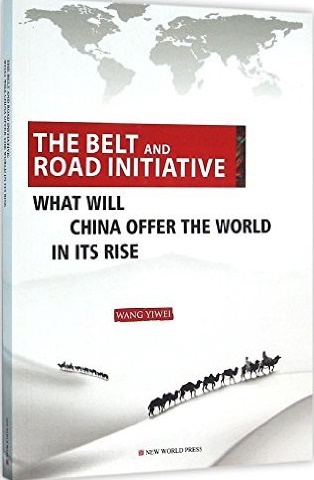
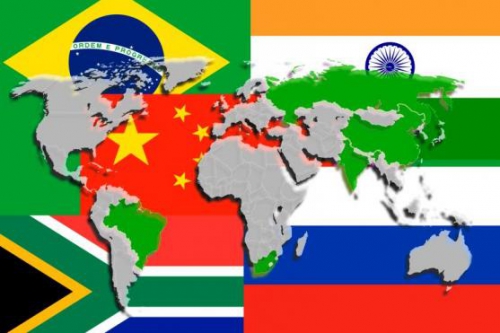

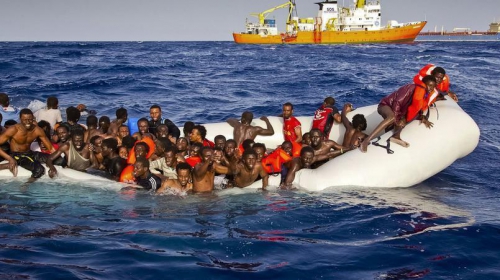

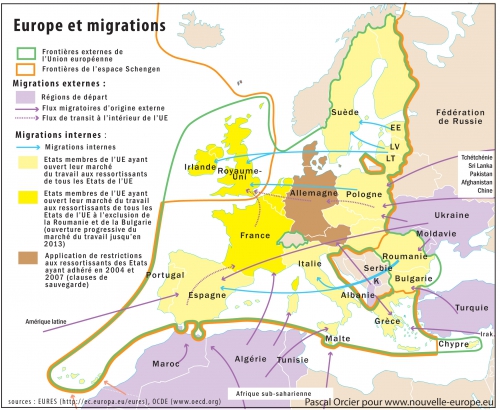


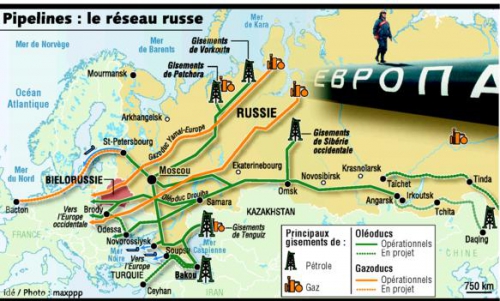
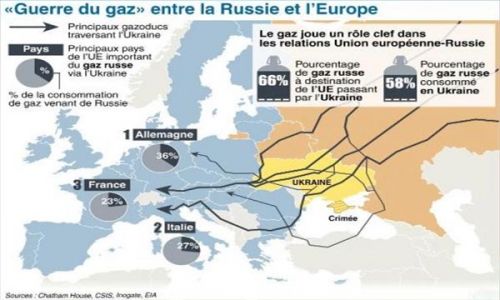
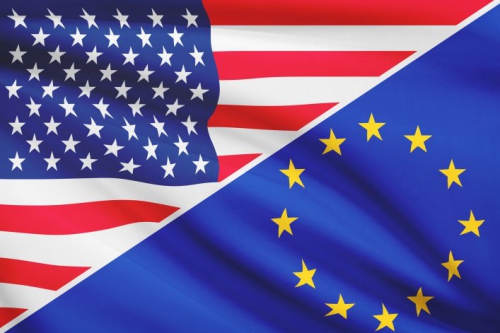
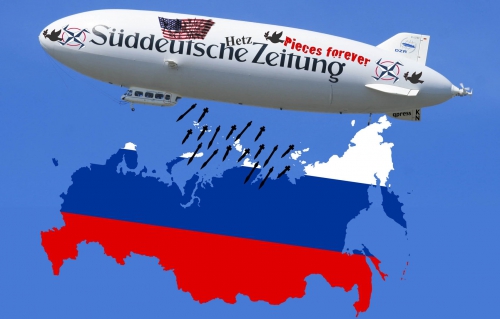
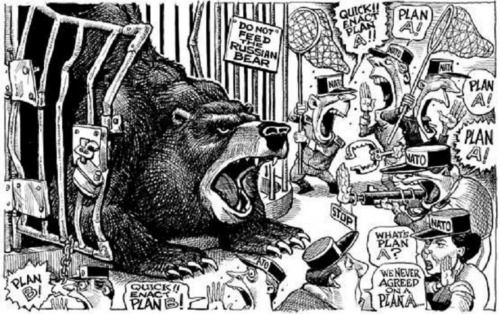
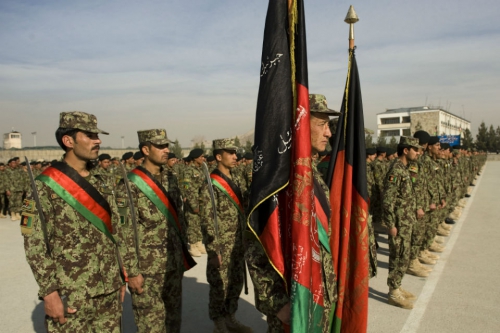
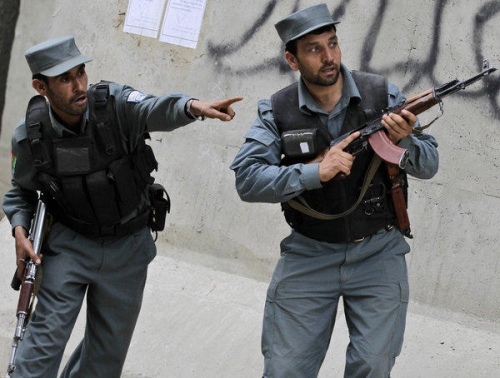
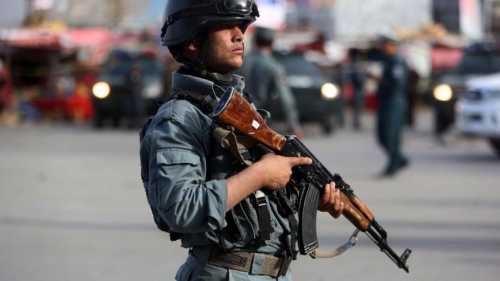



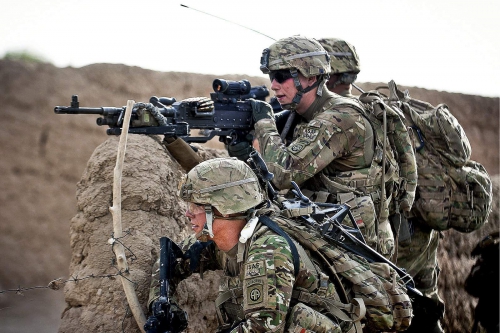
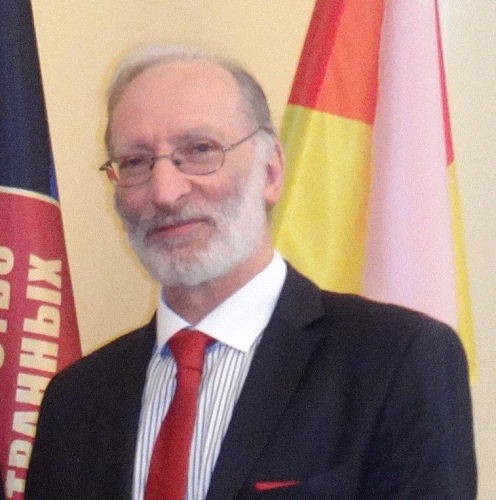

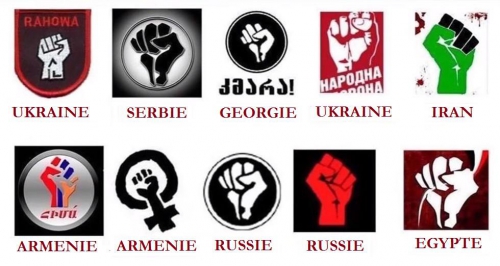



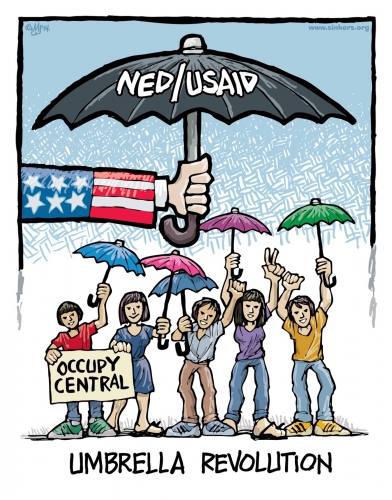

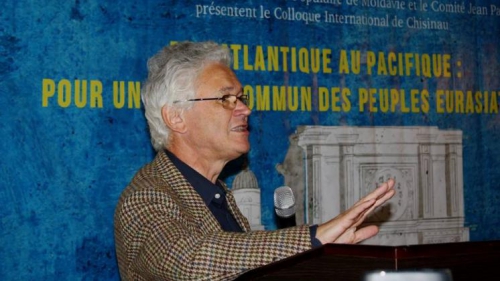
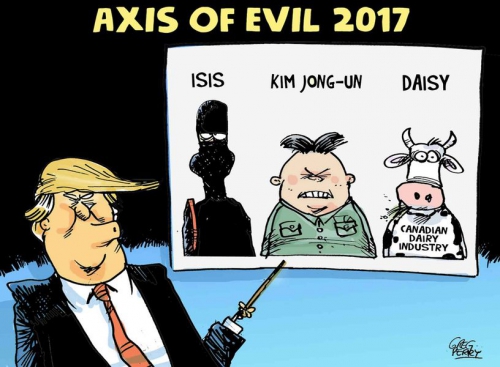




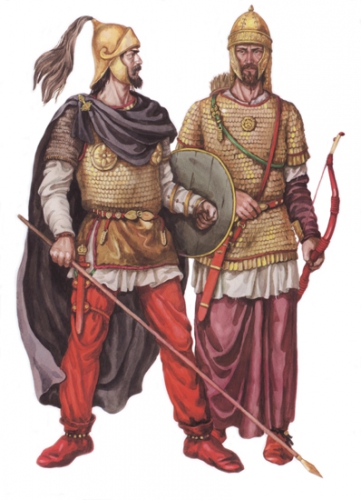

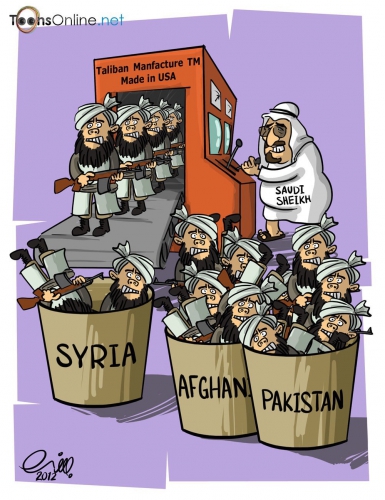





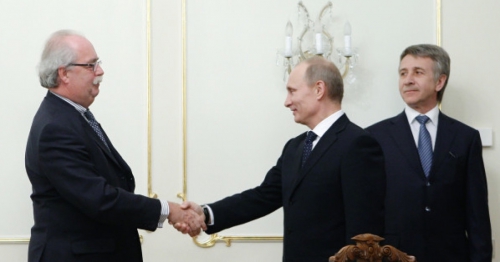

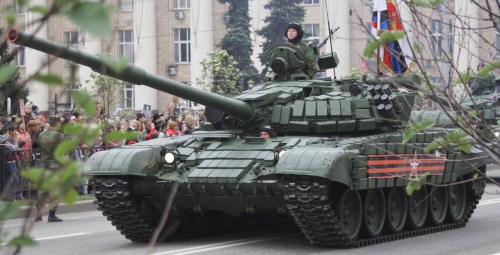

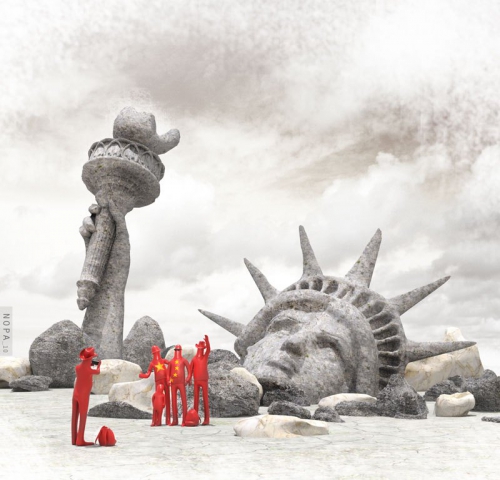


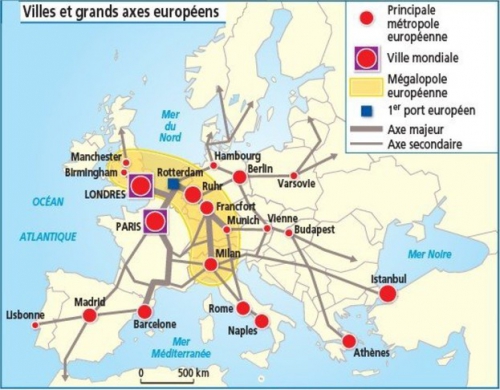
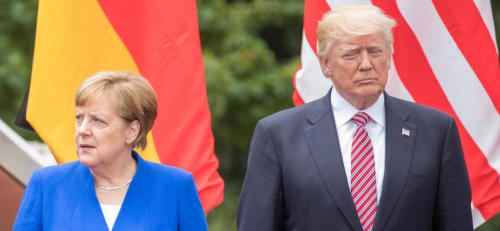
Comentario: Recomendamos leer: